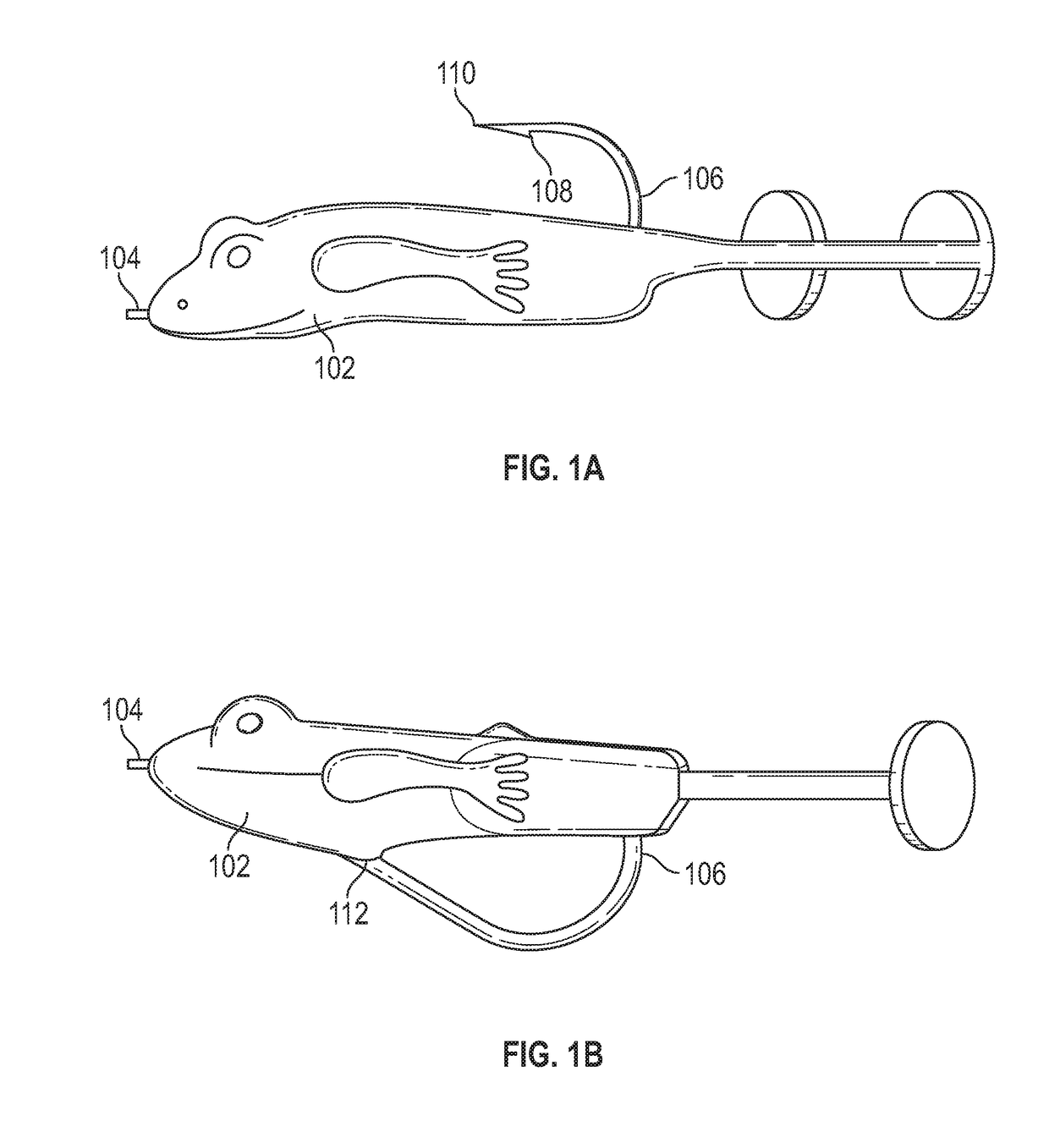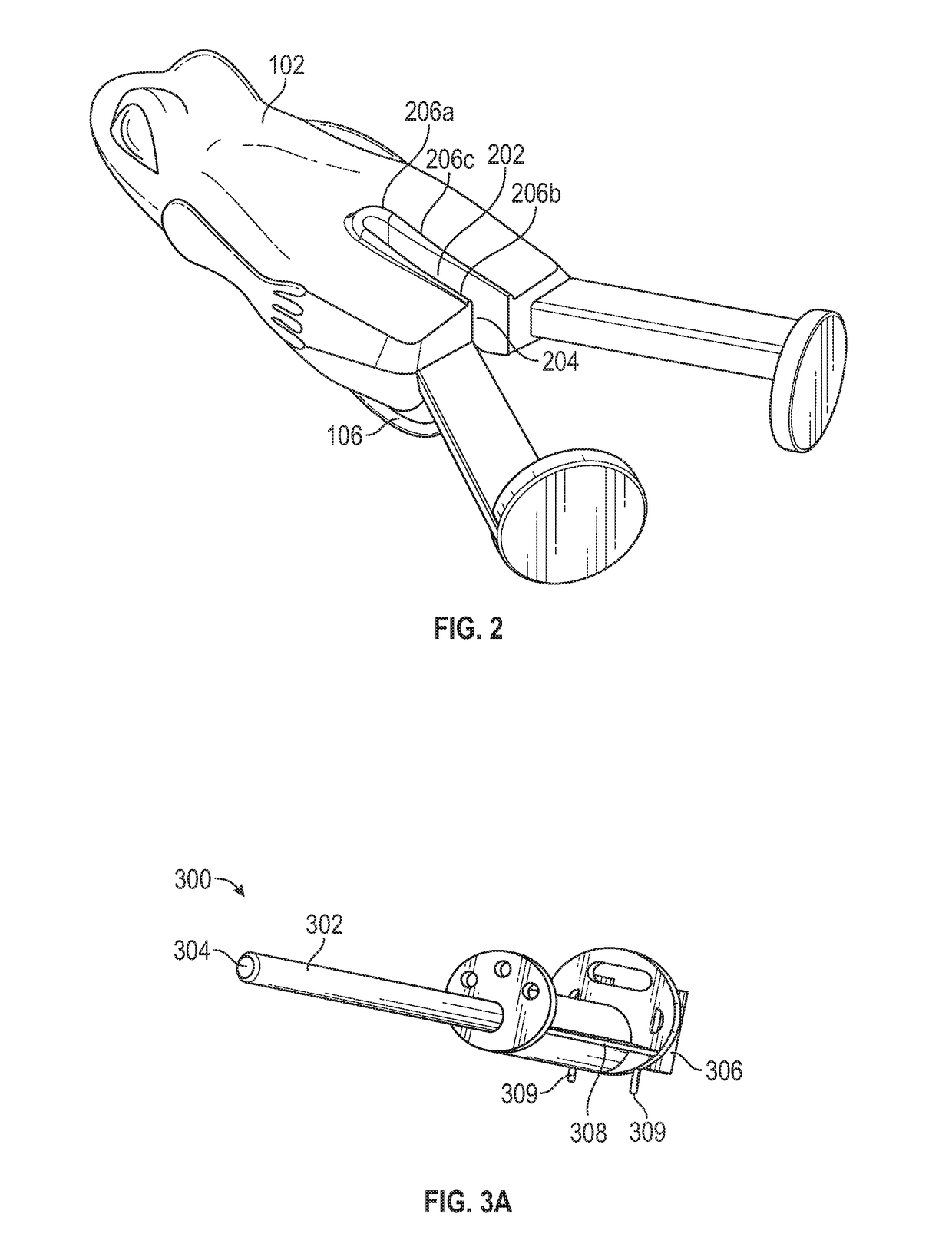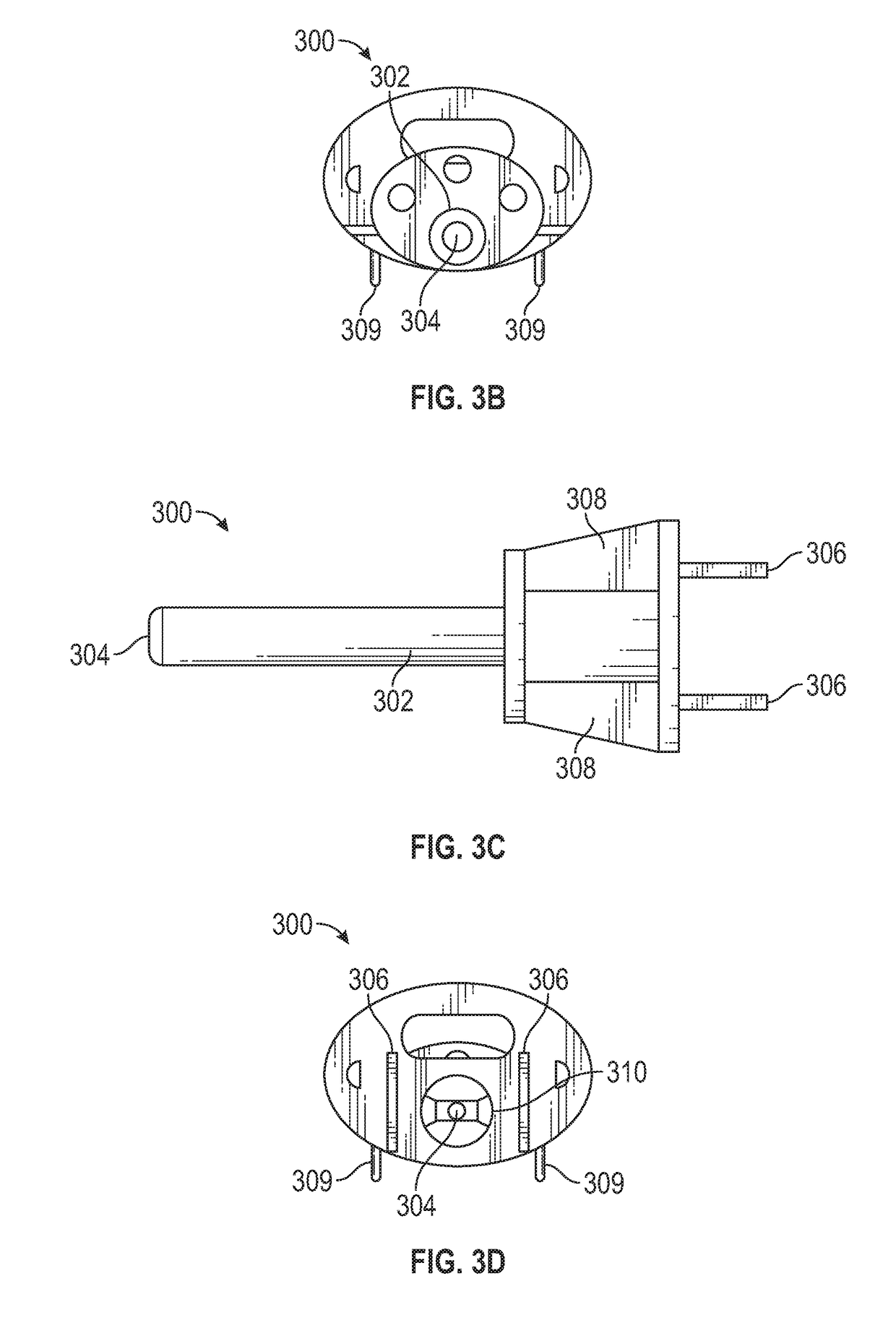Conventional fishing lures suffer from a variety of drawbacks.
One of the most significant issues affecting many types of hard-bodied lures is that the fish hook remains exposed while the hard-bodied lure is being fished.
Due to the hook's continual
exposure, the hook will frequently become snagged on weeds,
algae, grasses, reeds, tulle stalks, as well as other types of matted vegetation.
As a result of the hook frequently becoming snagged (“hung up”) on the matted vegetation, the angler may become frustrated and simply avoid fishing in these locations altogether.
This problem becomes exacerbated given that much of fishing is seasonal: during a topwater season, for example, a changing
thermocline will often drive fish towards the matted vegetation in order to seek shade or to otherwise cool themselves.
Thus, although these regions may at certain times of the year contain significant numbers of fish, fishing in these areas can be rendered impracticable because exposed fishing hooks are constantly becoming snagged on the matted vegetation that is present in these locations.
Over the years, attempts have been made to address the
snagging issue, but with remarkably limited success.
Although the wire is occasionally able to deflect or divert possible snags (for example, from fallen tree branches), the hook still remains exposed, and therefore it will still frequently become snagged on weeds, algae, and matted vegetation.
As a result, these so-called “wire-guards,” which are sometimes haled by lure manufacturers as making their fishing lures “snagless,”“snagproof,” or “weedless,” actually accomplish very little towards reducing snag and hang-ups in the weeds.
The problem with these devices is that over time, they cease to function correctly due to grime buildup and / or oxidation inside of the lure.
Rust is a common problem associated with oxidation, and can often lead to the degradation of certain metallic components, discoloration, and resistance to motion.
That is to say, certain movable metallic components will often freeze-up or become “stuck” on account of the
rust.
Many conventional soft-bodied lures also utilize exposed hooks, and therefore also suffer from frequent
snagging issues.
The hook, however, remains exposed during fishing, and is therefore also susceptible to becoming snagged.
A problem with hollow bodied frogs is that the close proximity between the tips of the hooks and the soft lure body material, along with the fact that a fish needs to bite the lure in order for the stationary hooks to penetrate the fish's mouth, can often result in
tears and rips in the soft-body material of the lure.
Conversely, bending or pulling the tips of the fish hooks (with a pair of pliers, for example) so that they point away from the soft-body material of the lure leads to increased
snagging.
Conventional soft-bodied lures also cannot benefit from spring-loaded fish hooks as in the case of conventional hard-body lures.
Even without utilizing spring-loaded fish hooks, conventional soft-bodied lures still rapidly exhibit rips,
tears, and rapid degradation due to repeated interactions with the
sharp point of the fish hook.
Repeated use of such conventional rigging techniques can quickly introduce
tears and rips into the lure body due to the lure body repeatedly becoming engaged with the
sharp point of the hook.
Aside from these issues, there is nothing to keep a
metal fish hook from tearing the lure when the hook is finally set upon the fish.
The hook, after all, has been inserted into a soft-body material, so when the angler pulls on the line, the
sharp point of the hook will often rip or tear the soft-body of the lure.
 Login to view more
Login to view more  Login to view more
Login to view more 


